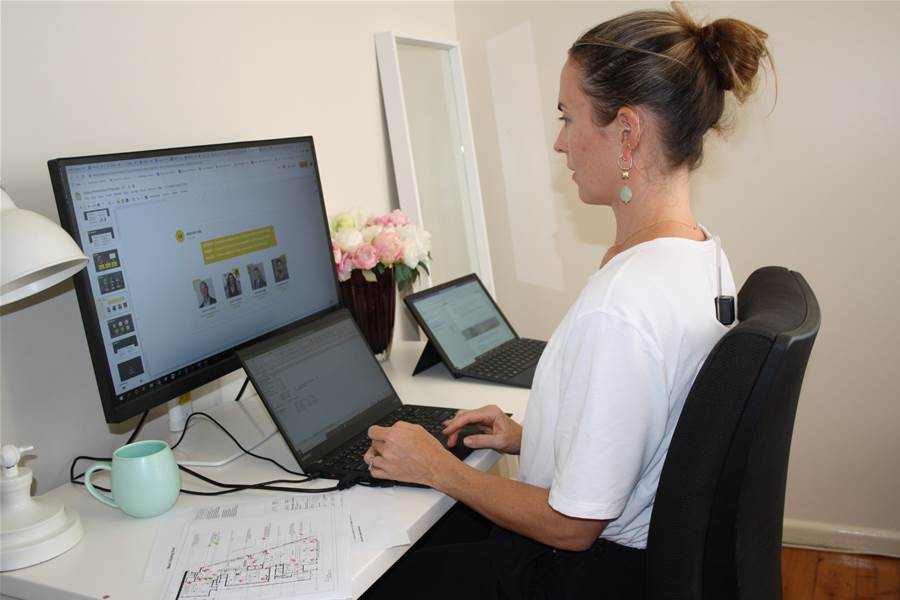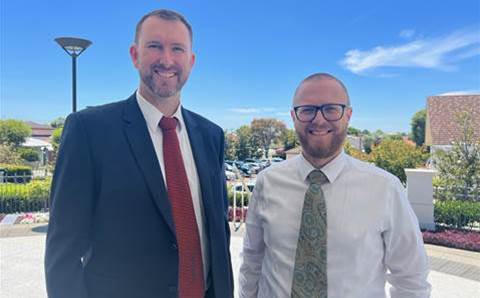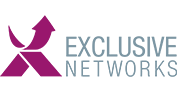How you can address workplace safety, OHS & injury prevention in the remote working age

Workers’ health and safety has never been more important than today. The COVID-19 pandemic has put extra pressure on businesses and HR leaders to ensure that staff remain safe, and healthy. In the past few months, businesses had to adapt very quickly and find new ways to protect increasingly remote workforces.
But the shift to remote working is making this difficult: how can you guarantee the health and safety of staff that are not present in the office or spread out in different facilities? How can you provide your workforce with the support they need when everyone is working from different locations? Finally, how to address the new risks engendered by the growing remote working environment and that wasn’t so prevalent before COVID-19 hit?
While health and safety was previously the remit of safety teams or an extension of the HR function for smaller organisations, technology leaders now also have a growing role to play. Tech teams can help implement cost-effective technology solutions fit for this new remote environment, and find new innovative ways to deliver more personalised and effective policies.
Wearables: using data to improve safety and prevent workplace injuries
Up until now, technology wasn’t an investment priority for Australian businesses, they were rather associated with consumer and fitness products such as FitBits and with the field of ‘sports science’.
Today, we realise the potential of those technologies on improving safety and well being in the workplace, including on injury prevention for manual workers.
Wearables have the power to bring sports science to the workplace, and transform the corporate wellness field.
With the help of tech teams, small businesses can now access and make better informed decisions based on a wealth of data that previously could only be harnessed by large companies equipped with expensive analytics engines.
There are many wearables available to organisations and workers today, which come with a mobile app with integrated data analytics capabilities able to help identify, prevent and address injury risks as well as alert workers in real-time.
Remote office workers for example can wear back sensors that provide feedback about their sitting positions or encourage staff to stretch and be active throughout the day.
On their end, employers and OHS Professionals can remotely collect data from workers over long periods of time to identify the need for ergonomic workstation reviews and prevent musculoskeletal injuries.
Wearables can also assess injury risks for manual handling tasks more easily and accurately. Sensors are connected to workers and pieces of equipment, data and videos can then be collected and reviewed by the integrated app, and different ways of manual handling aids can be compared to improve safety and injury prevention.
Advancements in wearable technologies and cloud-based platforms also mean more scalability so injury risk can be managed for more workers over larger geographical areas - compared to current methods that are very time and resource demanding.
AI-led, personalised trainings and policies
Companies that are working with this new wearable-based approach to workplace injury and safety are also adopting a whole new approach to manual handling training, reducing reliance on paper manuals and the dreaded PowerPoint presentation.
Further to collecting data to help create better safety policies, businesses can now use the power of AI to automate the delivery of and personalise safety training and wellbeing programs.
Automated and integrated AI capabilities are able to process movement data from wearable sensors, identify risk patterns, provide live feedback around injury risk and deliver customised training modules in response to that risk.
Tech and HR teams working hand in hand
In today’s remote working age technology is at the centre of every business operation, including health and safety programs and policies. In this context, it is important for technology leaders to work hand in hand with HR and safety teams.
Technology experts have an instrumental role to play in advising on the best and most cost-effective technologies businesses can use to build stronger health, safety and wellbeing programs, and help the business make sense of those data insights.
Using next-generation wearable technology, video analysis and valid, reliable data can help reduce workplace injury in a measurable way. With the help of tech experts, safety and HR professionals can start to shift to more personalised and preventive health and safety programs, reducing injuries and ensuring long-term well being for employees.
Scott Coleman is Founder and CEO of Preventure
BIO: Scott Coleman, was working with some of the world’s top athletes as a Sports Physio when his mother sustained a severe back injury as a nurse, lifting a patient. He saw a gap market between what had been invested in elite sport injury prevention, and what had made its way into the workplace safety space. Sports Science methods at the time involved the measurement of an athlete’s movements using wearable technology and analysis of the data collected to identify injury risk and guide action to reduce risk. Scott knew his mother’s injury had been avoidable and wondered how many other workers and their families were suffering a similar fate.
Now the Australian wearable technology startup has announced the launch of a range of new product features, including free services for Australian businesses hit hard by the financial impact of COVID-19, which will help employers who are struggling to provide their workforce with enough health, safety and HR support remotely. The Preventure.live app is available to download from Google Play and the Apple App Store.











